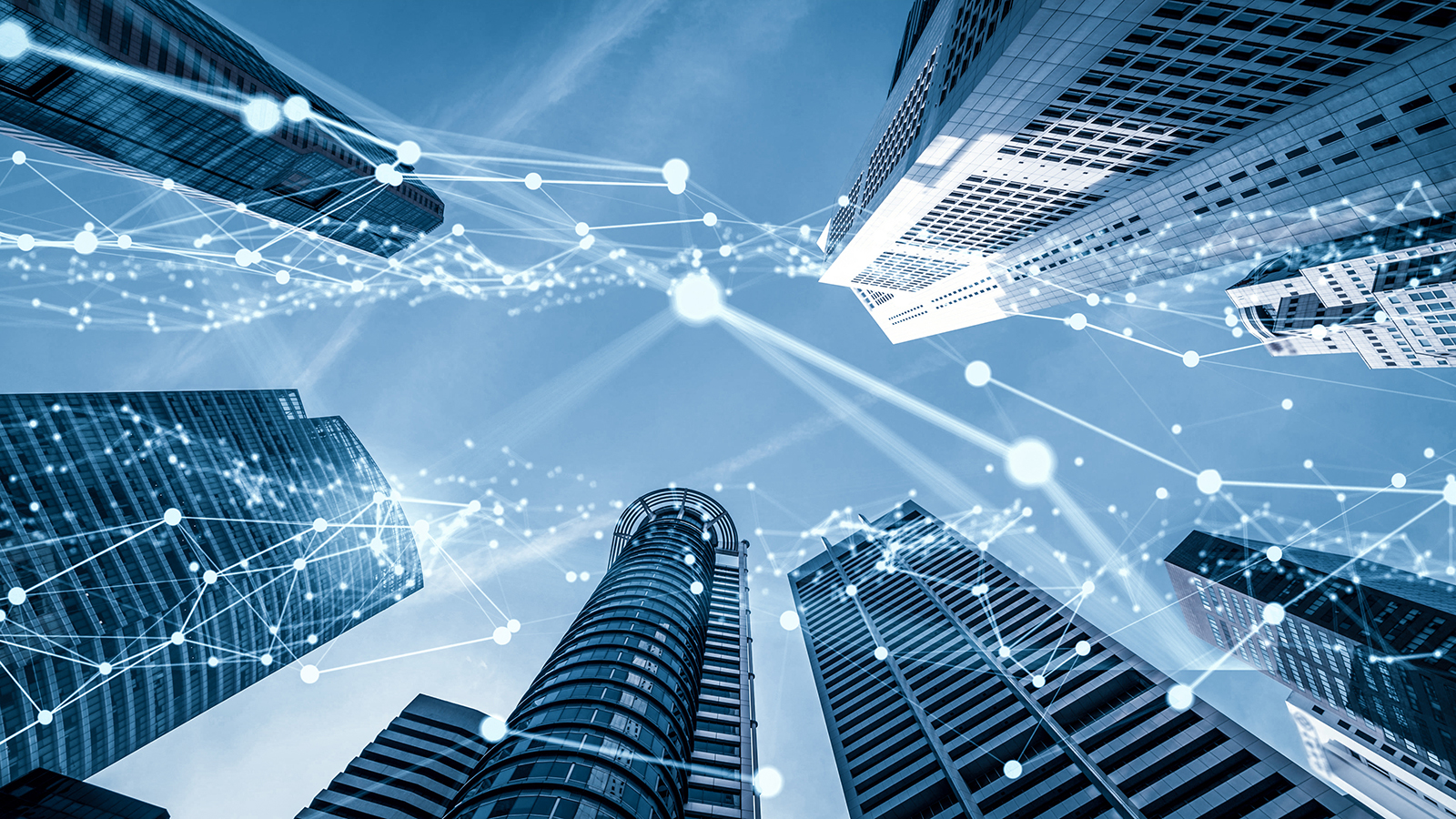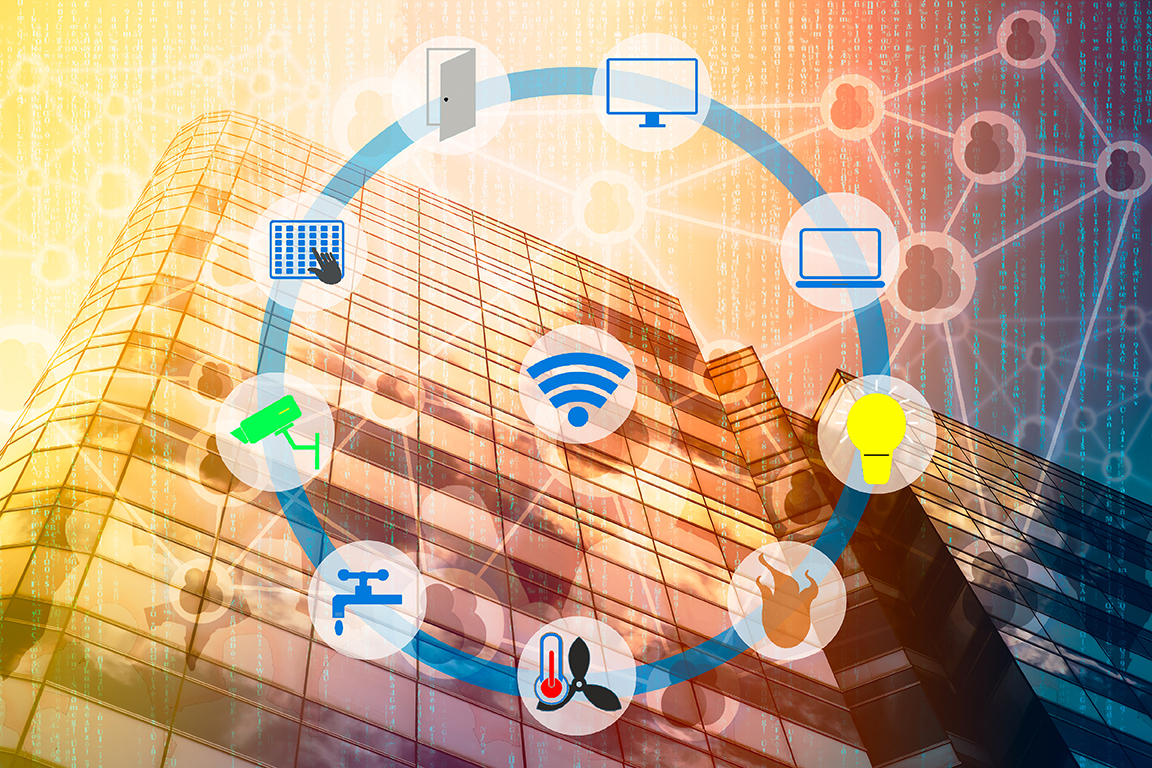Jay L. Epstein
Higher Education + Esports | Market Leader
Principal

Intelligent Buildings have found their place in commercial real estate for all the right reasons. The leading driver is their value proposition: integrated technology to regulate and control building systems efficiently, ultimately enhancing the human experience.
With intelligent buildings, the goal is to be intentional about being more efficient while the building’s occupants enjoy a better experience. In many ways, we telecommunications designers are already doing that, since many of the devices connected to building systems can be viewed as data points. These data points and set points are constantly sensing, polling and measuring information. When gathered, collected and used correctly, this information helps us better manage the life cycle, maintenance schedules, and the user experience for the building systems in intelligent buildings.

Take conference and meeting rooms, for example. Every day, meeting rooms are scheduled in advance. When this happens, we want the mechanical system to know in advance, so when the meeting attendees arrive, the temperature is based on the number of people in attendance. We may want the lights to be on when they arrive. And we will want the window shades to darken when the video displays or projector screens turn on.
When you drive up to a parking garage at your office building and use a Bluetooth app on your cellphone or access card to raise the employee gate, the HVAC system can be turned on so that when you arrive, it’s not too hot or too cold. Or if you use a Bluetooth app on your cellphone at the turnstile in the building lobby, and if your company has office space ‘on demand’, it will know you arrived, and then relay back to you the location of the office you can use for the day.
For physical security applications, building owners and tenants want cameras to record when a Bluetooth app on an employee’s phone or access card is used to enter a controlled door, or when a controlled door is propped open. They may want cameras to record and follow a package if someone leaves that package on a table, and then someone else walks away with it. They may need to use a ‘people counting’ system. This system will let you know when the number of occupants is nearing or exceeding the limit of occupants.
Data center operators can measure individual circuits in cabinets and racks. This information is used to bill clients for usage of power. The same operators will need to know when humidity sensors and leak detection sensors are triggered, and go into an alarm state. Occupancy sensors can turn down light fixtures when no one is in the data center. Building owners or facility managers will want the network and facilities personnel to be notified when a leak is detected or when temperatures exceed a certain set point.
Power over Ethernet (PoE) lighting systems have become prevalent in today’s intelligent buildings. These lighting systems operate on Category cabling and PoE network switches. Savings are realized with the reduction of panel boards, transformers, feeder circuit wiring, branch circuit wiring and conduit on day one. This equipment is offset by the addition of Category cabling and PoE network switches. There are PoE light fixtures that have integral PoE inputs, thereby turning these fixtures into local hubs in the ceiling where IoT sensors and IoT devices are plugged into. Then, only one Category cable is used from this light fixture to the network.
All of these examples are basically data points on the connected intelligent building. From a security standpoint, all the data points or network devices must follow industry best practices to ensure maximum protection from the internet all the way down to edge devices on a local area network.
Historically, building management systems control and regulate all the set points of the building’s mechanical and electrical systems. The number of subsystems and controls that are tied to the BMS system is an investment decision. Operating a commercial building or a commercial real estate portfolio is also a very expensive endeavor. If you visualize a chart with a bottom left to top right trajectory, that’s what the expense of operating a commercial building looks like. To save money, you want that line to flatten down.
Today, there are products to help manage intelligent building systems, such as Igor-Tech. Igor-Tech has the Nexos management platform. Nexos takes all the building data points and levels it up so you can view and manage all connected subsystems.
Another product is Buildings IOT. Buildings IOT is for software developers. The software enables innovation by bringing clean building data to the developers who use it to solve specific problems for commercial buildings and real estate portfolios.
WiredScore is an organization that measures and applies metrics to commercial buildings. Real estate developers use this rating system to assess, improve and promote their buildings’ digital and ‘smart building’ capabilities. WiredScore is to digital buildings what LEED (Leadership in Energy and Environmental Design) is to the brick and mortar building.
When it comes to technology and intelligent buildings, it depends on your vision, budget and design and construction schedule. Contact us to find out how we can help support your intelligent buildings and technology systems.